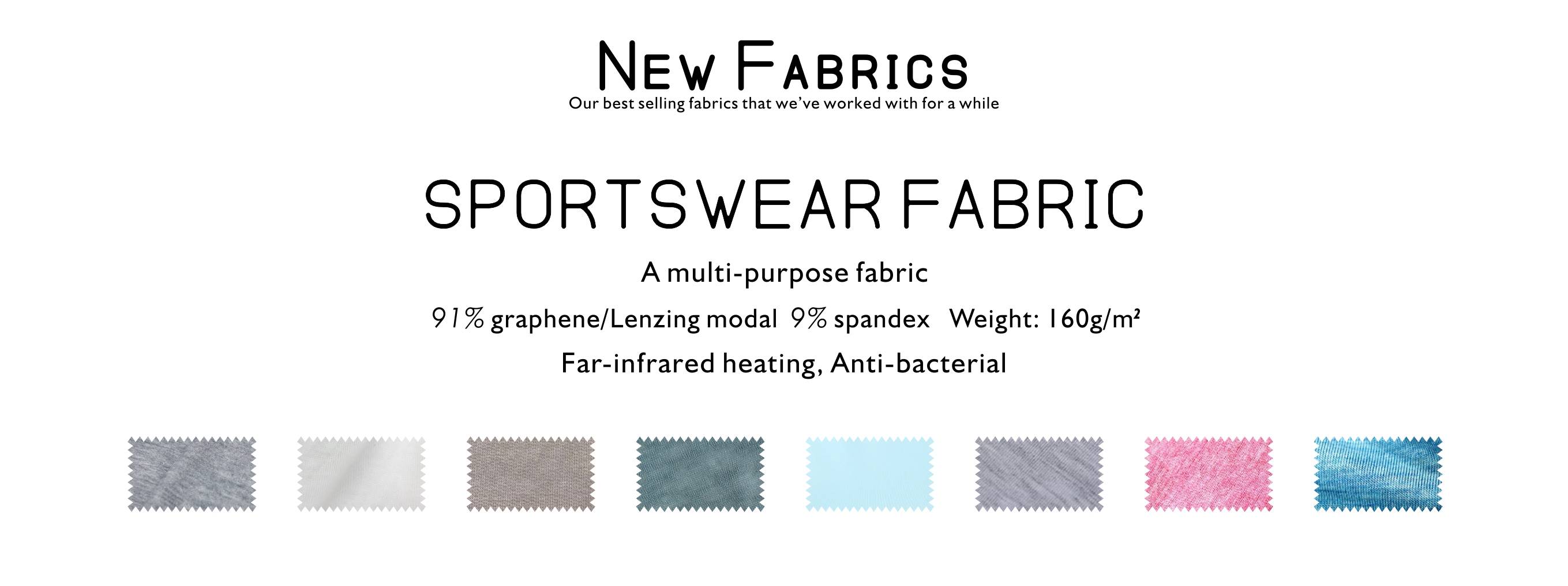GRAPHENE, A MULTI-PURPOSE MATERIAL
Graphene is a new material that will revolutionise what we use clothes for.
Mentioned previously in our article on new fabrics, graphene is continuing to cause a stir. And for good reason. Discovered in 2004 by two researchers from the University of Manchester, André Geim and Konstantin Novoselov, and awarded the Nobel Prize for Physics in 2010, this unprecedented new material boasts a host of exceptional features.
Taking the shape of a single layer of carbon atoms arranged in a honeycomb pattern, graphene comes in pure form, without additives or chemistry. Arranged in accordion-folded sheets, its flat and extensible surface and its thermal and electric properties make it an ideal candidate for textile integration, in addition to its environmental utility, as graphene absorbs hydrocarbons and organic materials.
Graphene can be described as a one-atom thick layer of graphite. It is the basic structural element of other allotropes, including graphite, charcoal, carbon nanotubes and fullerenes. It can also be considered as an indefinitely large aromatic molecule, the limiting case of the family of flat polycyclic aromatic hydrocarbons. Graphene research has expanded quickly since the substance was first isolated in 2004. Research was informed by theoretical descriptions of graphene’s composition, structure and properties, which had all been calculated decades earlier. High-quality graphene also proved to be surprisingly easy to isolate, making more research possible. Andre Geim and Konstantin Novoselov at the University of Manchester won the Nobel Prize in Physics in 2010 “for groundbreaking experiments regarding the two-dimensional material graphene.
Graphene-coated fabrics have been obtained by chemical reduction of graphene oxide. Conducting fabrics have been obtained applying several graphene coatings. Electrochemical impedance spectroscopy showed the conductive behavior of fabrics. Scan rate is a key parameter in the characterization by cyclic voltammetry. Scanning electrochemical microscopy showed the increase of electroactivity.
